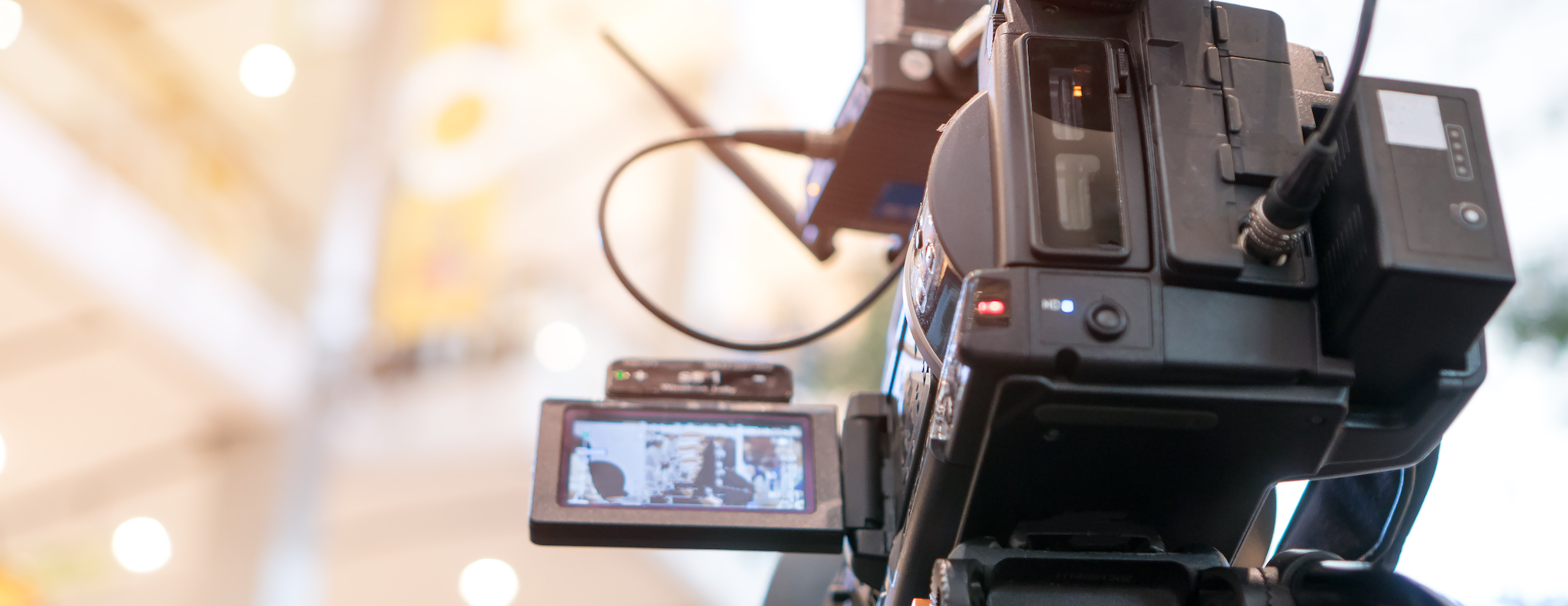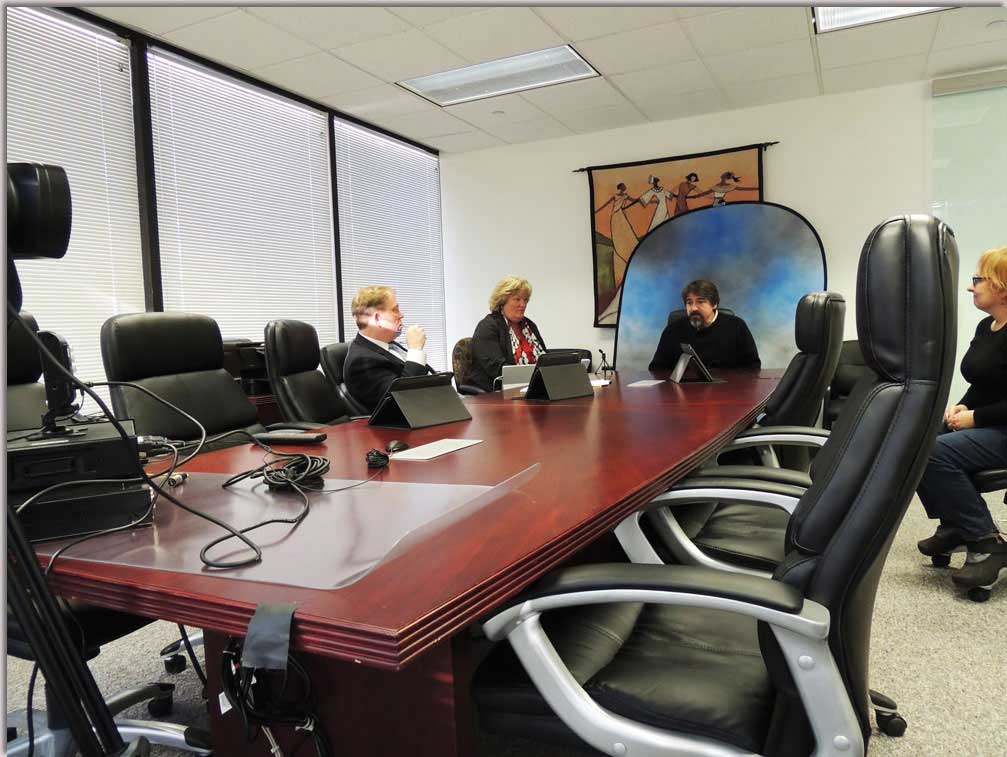Exploring the Systems of Legal Videography: Unveiling Its Operation in Safeguarding Authentic Aesthetic Testament for Judicial Proceedings
In the world of judicial procedures, the role of legal videography stands as a cornerstone in protecting and presenting visual evidence. As modern technology proceeds to development, the systems behind legal videography have become increasingly complex, supplying a crucial layer of authenticity to testaments recorded on video clip.
Historic Development of Lawful Videography
Taking a look at the historical progression of lawful videography reveals a substantial makeover in the catching and presentation of aesthetic evidence within the legal landscape. In the past, lawful procedures greatly counted on written records and photos to document events and give evidence. Nevertheless, with the arrival of video technology, the lawful sector witnessed a paradigm shift in exactly how aesthetic testament was captured and presented.
The evolution of legal videography can be mapped back to the late 20th century when improvements in video recording devices made it extra easily accessible for usage in court rooms. This technological advancement not only improved the precision and reliability of visual proof yet additionally revolutionized the way cases were presented to discretionary (Legal Videography). Attorneys started to identify the influential power of video clip recordings in communicating emotions, nuances, and non-verbal cues that written records or pictures alone could not capture properly

Modern Technology Advancements in Video Documentation
What crucial technical innovations have changed video clip documents in the lawful area? The legal field has seen considerable improvements in video documents innovation that have actually boosted the credibility and dependability of visual proof in judicial procedures. One of the key advancements is high-def (HD) video recording capabilities, which give crystal-clear photos and sharp details that are essential for accurately recording statements, faces, and various other visual signs. Furthermore, the integration of timestamping and metadata attributes in video documentation devices has made it possible for exact documentation of when and where the video clip was tape-recorded, ensuring the honesty of the proof presented in court.
Moreover, improvements in video file encryption and watermarking technologies have strengthened the safety and tamper-proof nature of video clip evidence, guarding it against unapproved changes or tampering. The arrival of cloud storage space remedies and remote gain access to abilities has structured the storage space, retrieval, and sharing of video clip proof, promoting smooth collaboration amongst legal experts and making sure effective access to critical visual testaments when required. These technological developments in video clip documentation have actually certainly revolutionized the lawful field, boosting the accuracy, trustworthiness, and admissibility of aesthetic evidence in judicial process.
Duty of Lawful Videographers in Courtroom Setups
The development of video documentation technology in the legal field has actually necessitated a crucial function for legal videographers in court room settings, making sure the integrity and reliability of visual testimonies provided throughout judicial procedures. Lawful videographers play an essential function in recording and preserving accurate aesthetic proof that can be critical in court instances. Their responsibility expands to establishing tools, videotaping proceedings, and producing top quality videos that accurately reflect the events in the court.
In courtroom setups, view legal videographers need to stick to rigorous guidelines and standards to maintain the credibility of the aesthetic record. They have to possess an eager eye for information and a comprehensive understanding of legal procedures to ensure that the video they capture is a true depiction of the events that took place. In addition, legal videographers usually work carefully with legal groups to guarantee that the video clip evidence straightens with the situation's requirements and can be properly presented in court to support the lawful disagreements being made. Generally, the duty of lawful videographers in courtroom settings is important in upholding the principles of justice and making certain the transparency of legal procedures.

Ensuring Admissibility and Honesty of Video Proof
To keep the reliability of aesthetic proof presented in legal process, ensuring the admissibility and stability of video clip proof is a crucial obligation for lawful videographers. Admissibility describes the acceptance of evidence by the court, and for video clip proof to be admissible, it has to satisfy particular requirements. Lawful videographers play a crucial role in making sure that the videos they capture abide with the guidelines of proof, such as authenticity, reliability, and importance.
Honesty of video proof includes preserving the creativity and accuracy of the video from the time it is recorded until it exists in court. This includes firmly saving the video clip documents, recording the chain of custodianship, and stopping any kind of meddling or changes. Lawful videographers need to stick to stringent procedures to ensure the integrity of the video proof and protect against any challenges to its credibility.
Future Trends in Legal Videography
Provided the enhancing reliance on innovation in legal proceedings, lawful videographers are positioned to welcome ingenious improvements shaping the future of aesthetic testament capture and presentation. Among the famous trends coming up is the assimilation of online truth (VR) and boosted truth (AR) technologies right into lawful videography. These modern technologies have the prospective to transform just how visual evidence is offered in courts, allowing discretionary to immerse themselves in the scene of the criminal activity or event.
Furthermore, making use of fabricated knowledge (AI) formulas for video analysis is expected to simplify the process of examining and examining huge quantities of video footage. AI can help in identifying essential moments, abnormalities, and patterns within video clips, improving the performance of legal investigations.

Verdict
In final thought, lawful videography has played a vital duty in supplying authentic visual evidence for judicial proceedings. Via technical developments and the competence of lawful videographers, the stability and admissibility of video proof my blog are guaranteed in courtroom settings. As legal videography proceeds to advance, it will certainly be important to promote requirements that keep the accuracy and integrity of aesthetic testament for the future of lawful proceedings.
Checking out the historical progression of lawful videography discloses a significant improvement in the recording and discussion of visual evidence within the legal landscape.The advancement of video clip documentation modern technology in the legal field has actually demanded an important duty for legal videographers in court setups, ensuring the integrity and dependability of aesthetic testaments presented during judicial procedures. Furthermore, lawful videographers often work carefully with lawful groups to make certain that the video evidence lines up with the case's demands and can be properly offered in court to sustain the lawful arguments being made.To preserve the credibility of visual proof offered in lawful proceedings, guaranteeing the admissibility and stability of video evidence is a crucial duty for legal videographers. As lawful videography continues to evolve, it will certainly be crucial to support requirements that maintain the accuracy and integrity of aesthetic testament for the future of lawful process.